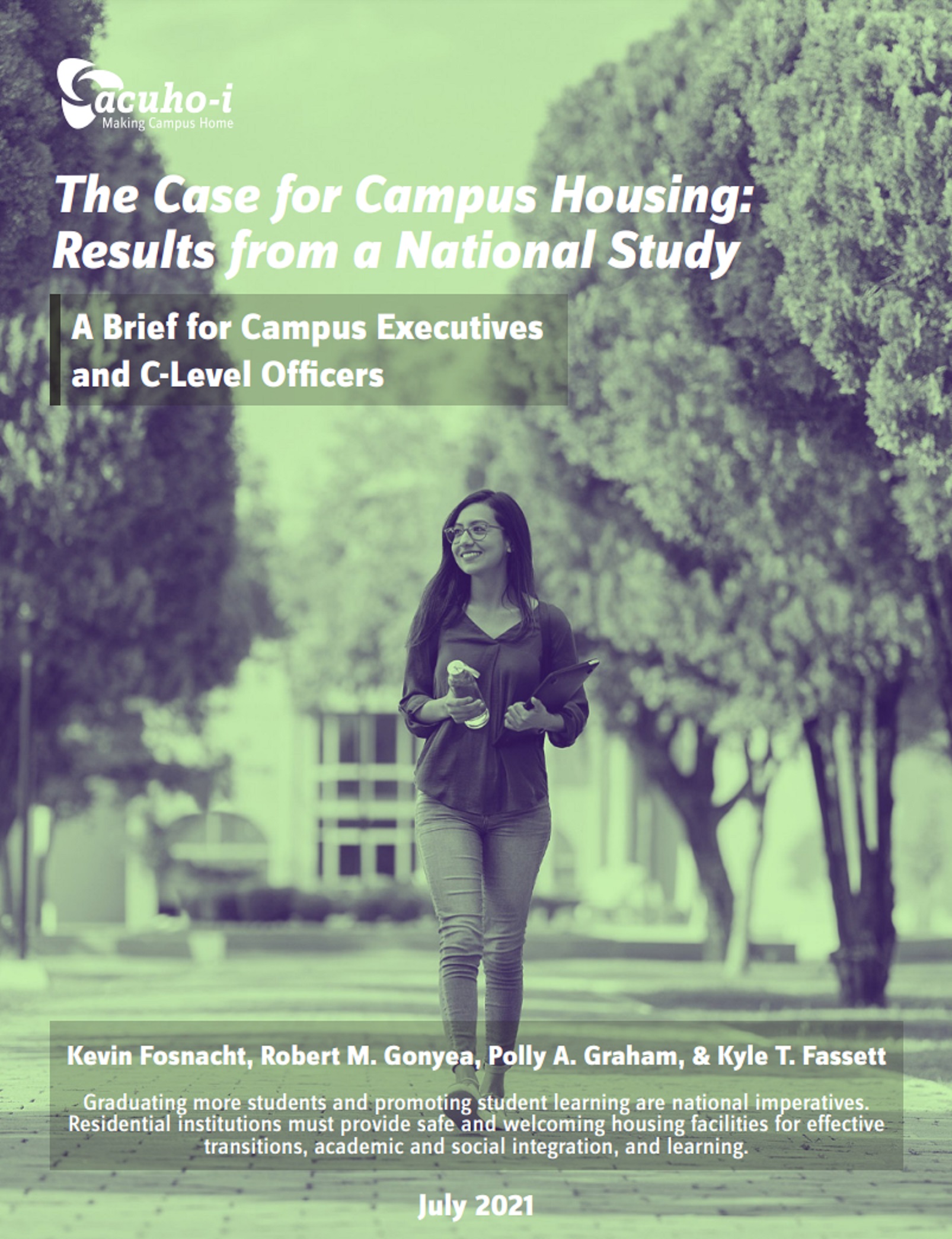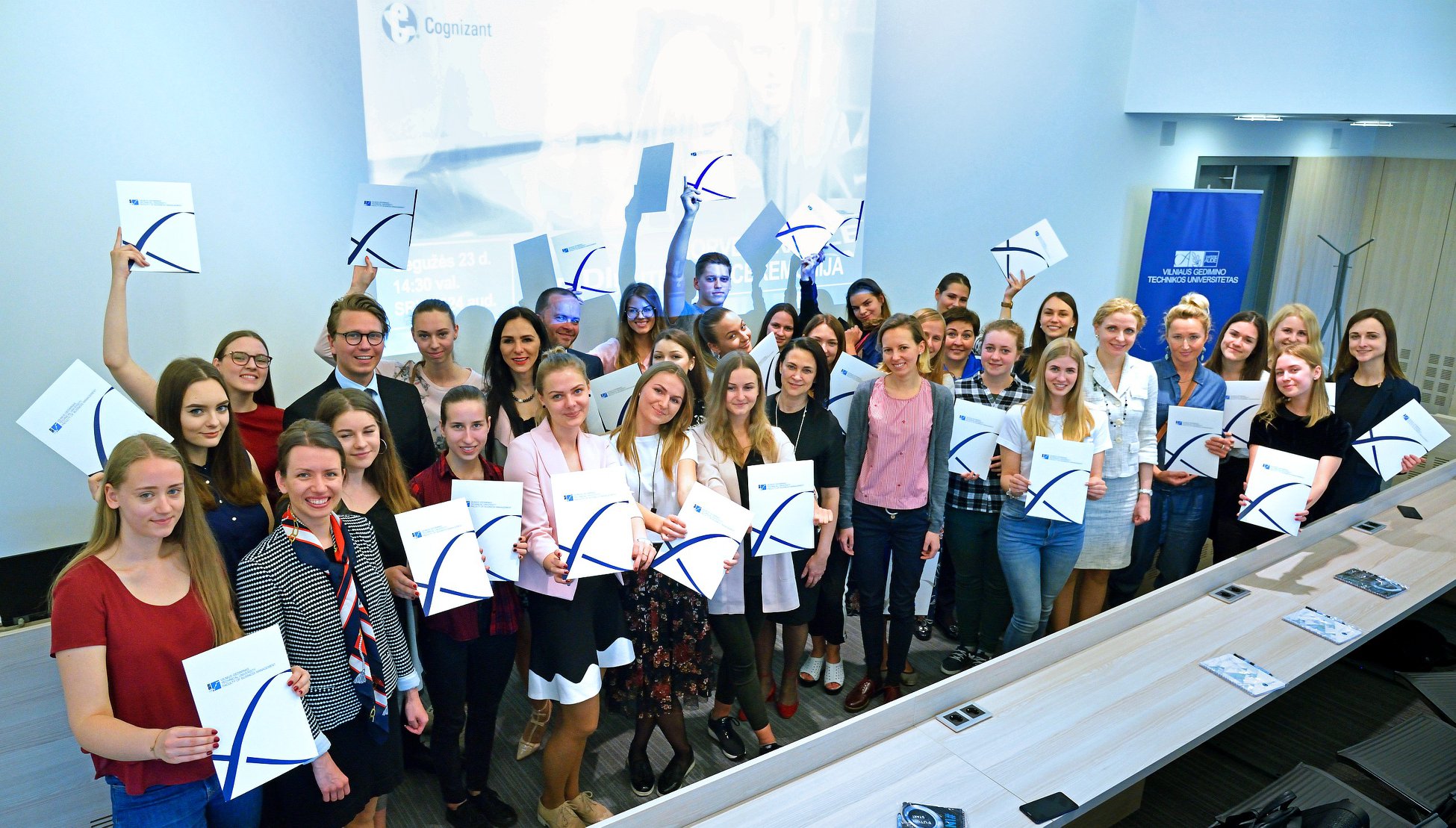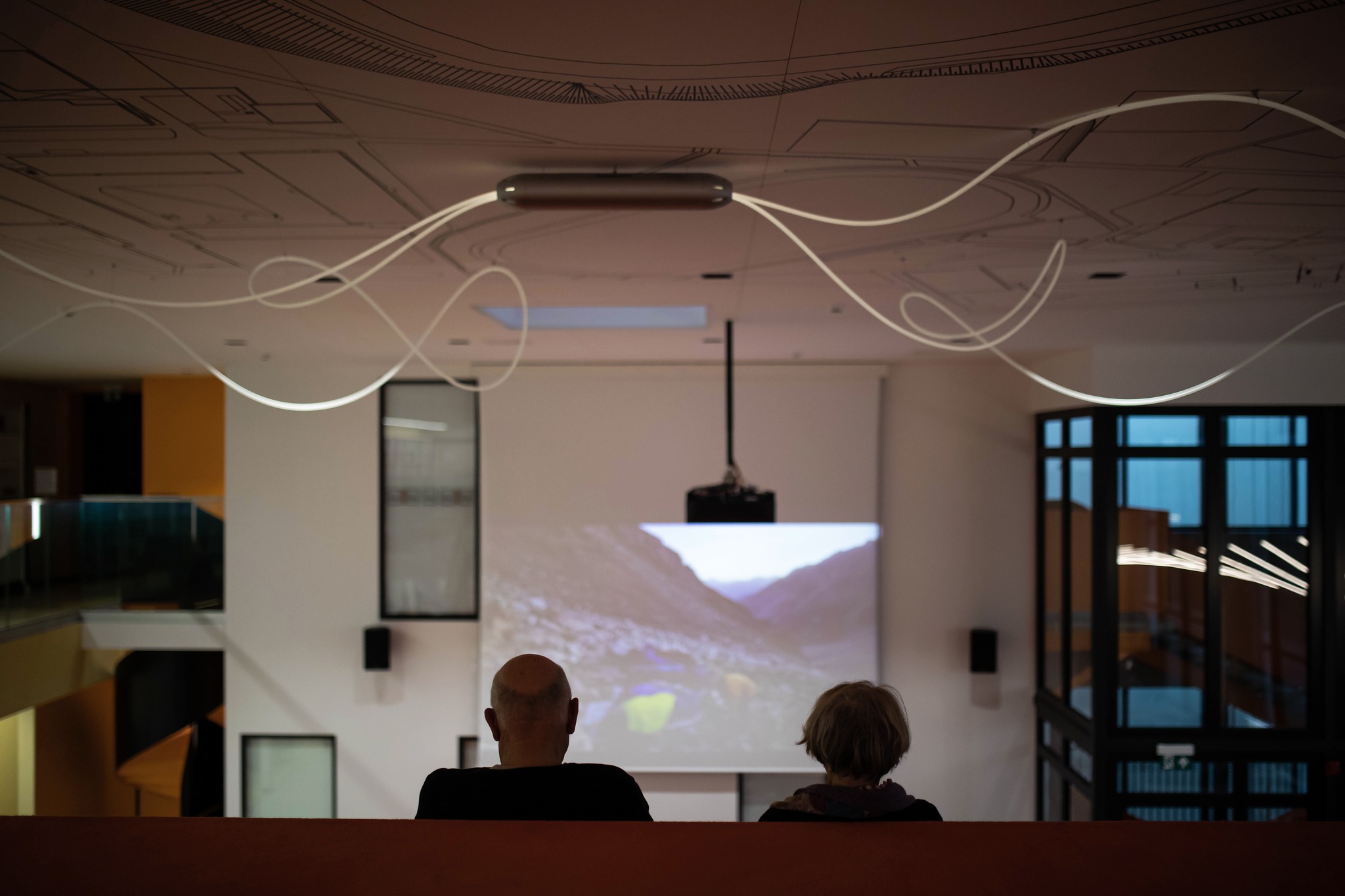Monograph: The Case for Campus Housing
- Home Page 67

Family Housing: Cache County
This is what will change culture pic.twitter.com/11A9GM8hJw
— Anna Lulis (@annamlulis) November 25, 2024
Involuntary Childlessness: Academia and Collapsing Birth Rates
“The only true measure of wealth is children” | Tucker Carlson
How my husband and I split bills: pic.twitter.com/mYpmTFwwXw
— Barefoot Pregnant (@usuallypregnant) May 18, 2025
They are the sons and daughters of Life’s longing for itself.
They come through you but not from you,
And though they are with you yet they belong not to you.
For they have their own thoughts.
You may house their bodies but not their souls,
For their souls dwell in the house of tomorrow,
Ghetto Patois
This content is accessible to paid subscribers. To view it please enter your password below or send mike@standardsmichigan.com a request for subscription details.
This content is accessible to paid subscribers. To view it please enter your password below or send mike@standardsmichigan.com a request for subscription details.
Hold My Beer
This content is accessible to paid subscribers. To view it please enter your password below or send mike@standardsmichigan.com a request for subscription details.
Animals 300
Office of Laboratory Animal Welfare
Guide for the Care and Use of Laboratory Animals
Kids raised right….
— Carissa (@njoyzgrl81) April 6, 2024
Today we scan the status of literature that informs the safety and sustainability of the built environment for animals large and small. Animals are found in education communities as pets. sporting partners, agricultural research and teaching settings, as medical research subjects and clinical care facilities. ANSI-Accredited standards developers with a footprint in this domain are listed below:
American Society of Agricultural and Biological Engineers
ASHRAE International
Institute of Electrical and Electronic Engineers
Animal Kingdom: A Large and Diverse Dataset for Animal Behavior Understanding
International Code Council
National Fire Protection Association
Underwriters Laboratories
Government agencies at all levels borrow from best practice recommendations in the catalog of the foregoing standards developers. Conversely, those same standards developers borrow from the best practice recommendations from the same government agencies.
Use the login credentials at the upper right of our home page.


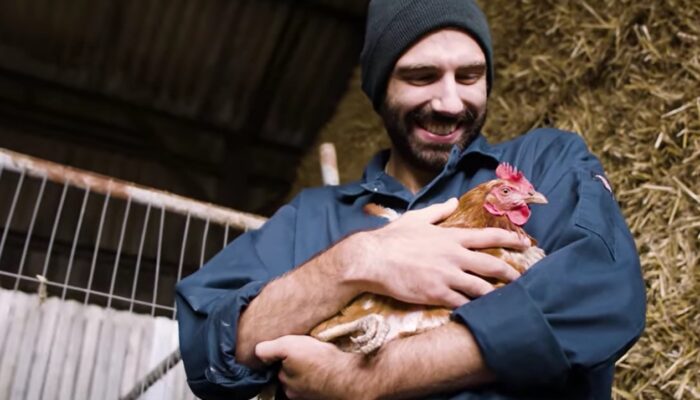


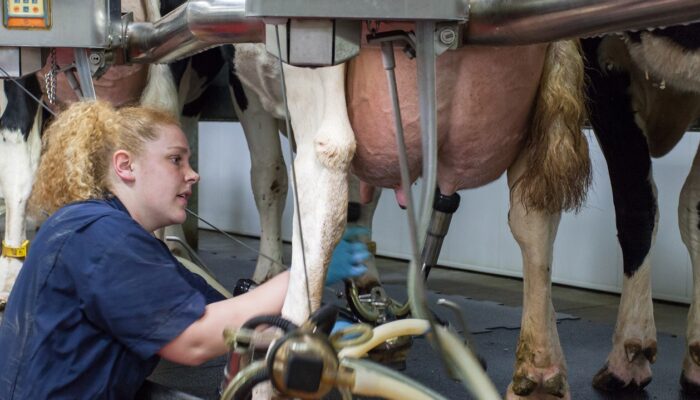

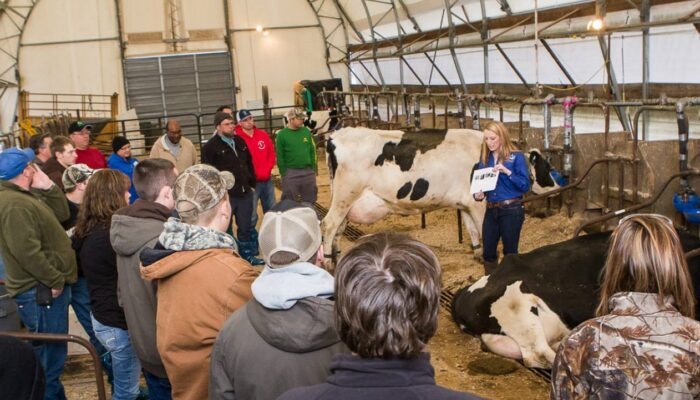


More
National Research Council: Guide for the Care and Use of Laboratory Animals
National Library of Medicine: Regulation of Animal Research
Most education communities use the foregoing regulations upon which to build their own standards. For example:
New update alert! The 2022 update to the Trademark Assignment Dataset is now available online. Find 1.29 million trademark assignments, involving 2.28 million unique trademark properties issued by the USPTO between March 1952 and January 2023: https://t.co/njrDAbSpwB pic.twitter.com/GkAXrHoQ9T
— USPTO (@uspto) July 13, 2023
Standards Michigan Group, LLC
2723 South State Street | Suite 150
Ann Arbor, MI 48104 USA
888-746-3670


